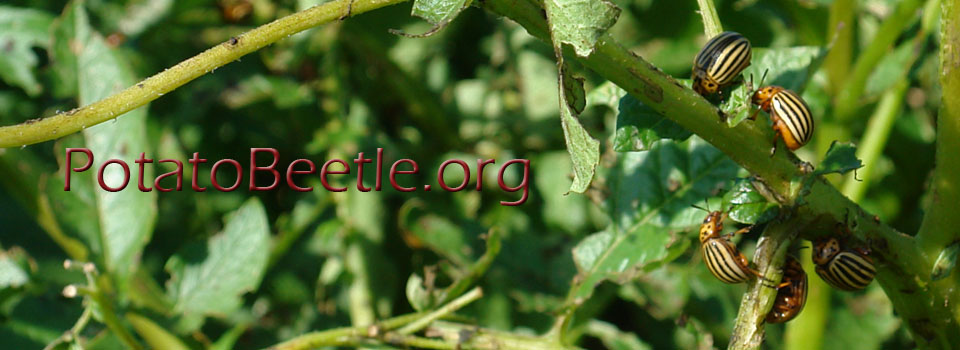Kryukov VY, Tomilova OG, Luzina OA, et al. Pest Manag Sci. 2018;74(3):598-606.
BACKGROUND: The search for compounds that interact synergistically with entomopathogenic fungi is aimed at enhancing the efficacy and stability of biological products against pest insects, for example, against the Colorado potato beetle (CPB). We hypothesized that fluorine-containing derivatives of usnic acid (FUA) might be candidates for the development of multicomponent bio-insecticides. The aim of this study was to analyze the co-influence of FUA and Beauveria bassiana on the survival and immune-physiological reactions of CPB larvae. RESULTS: Synergy between FUA and B. bassiana was observed after treatment of second, third and fourth larvae instars under laboratory conditions. Furthermore, synergy was observed in field trials in continental climate conditions in southeastern Kazakhstan. In a field experiment, the median lethal time was shortened three-fold, and cumulative mortality for 15 days increased by 36% in the combined treatment compared with a fungal infection alone. FUA treatment delayed larval development, decreased the total hemocyte count, and increased both the phenoloxidase activity in integuments and the detoxification enzyme rate in hemolymph. A combined treatment with fungus and FUA led to increases in the aforementioned changes. CONCLUSION: Toxicosis caused by FUA provides a stable synergistic effect between FUA and B. bassiana. The combination can be promising for the development of highly efficient products against CPB.
